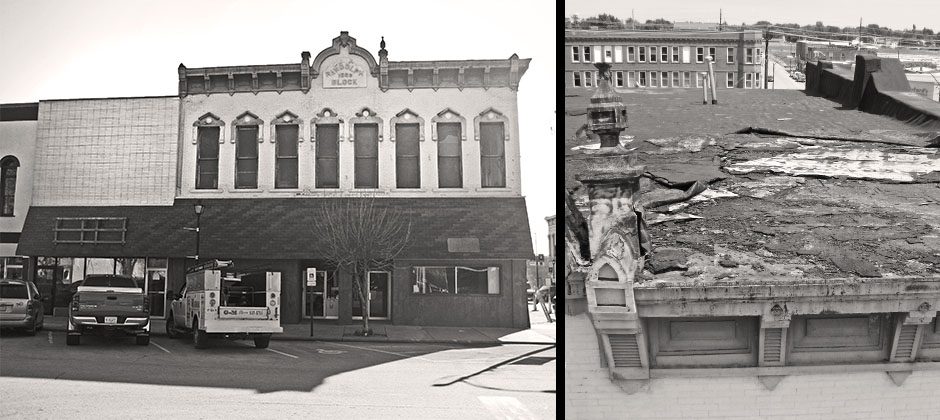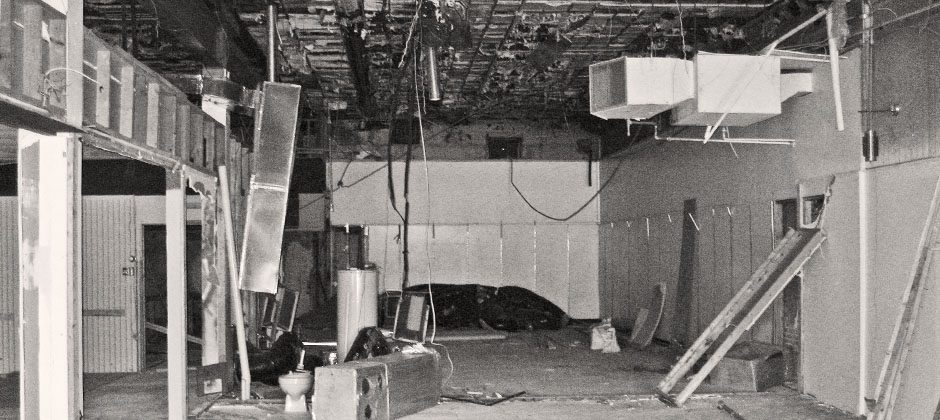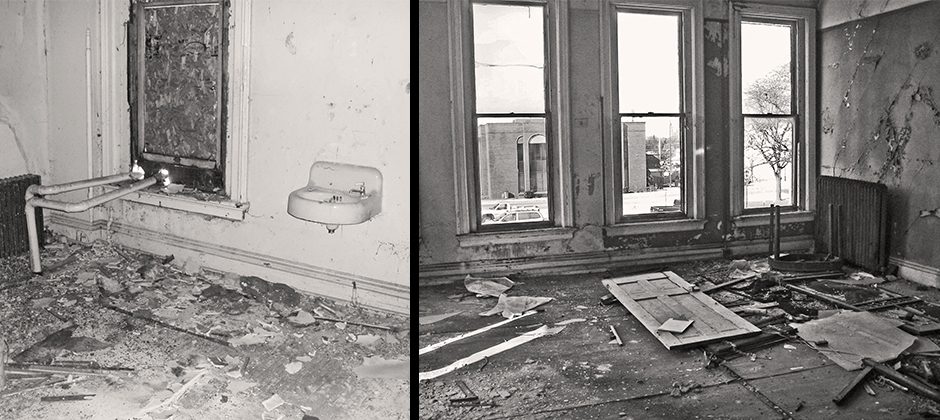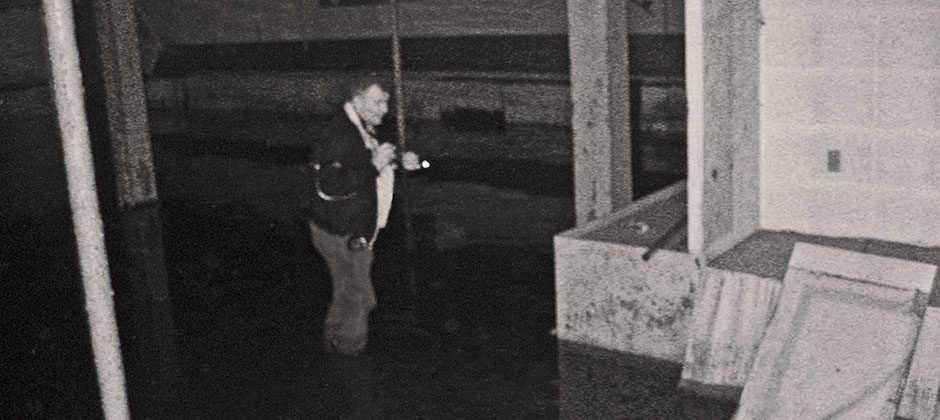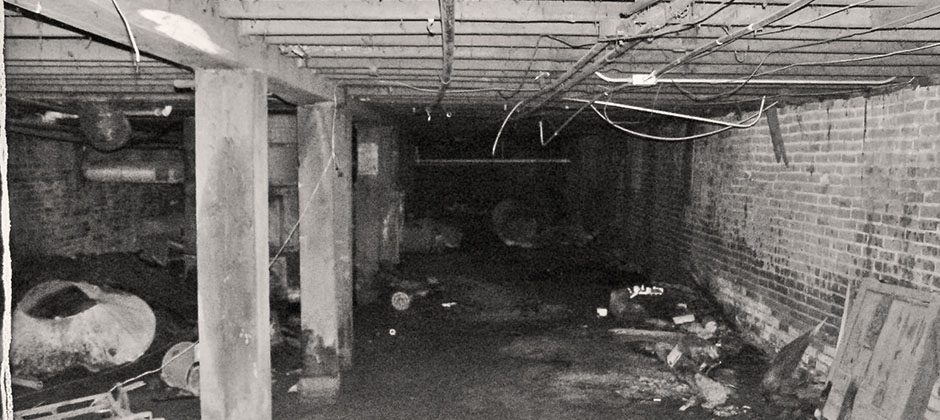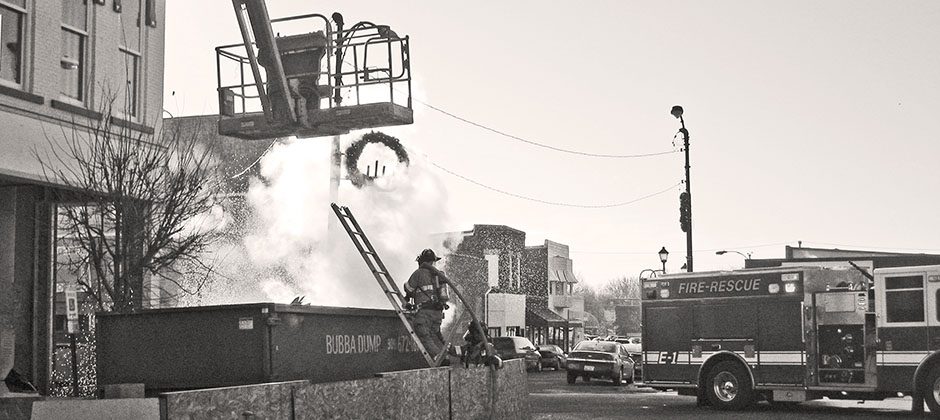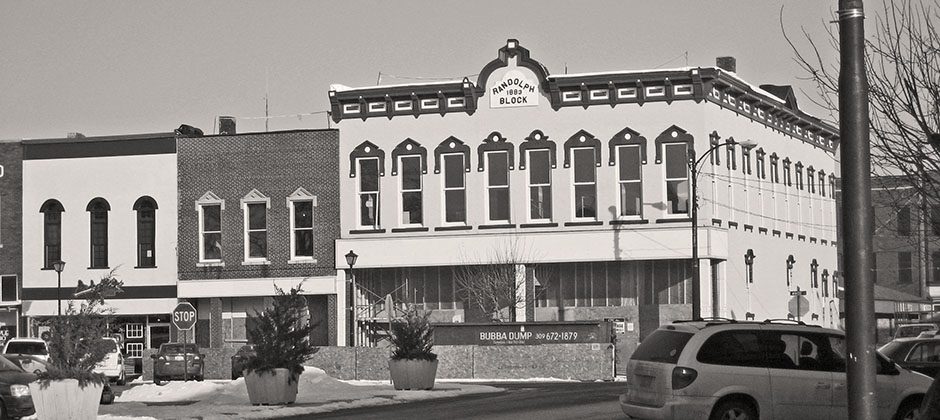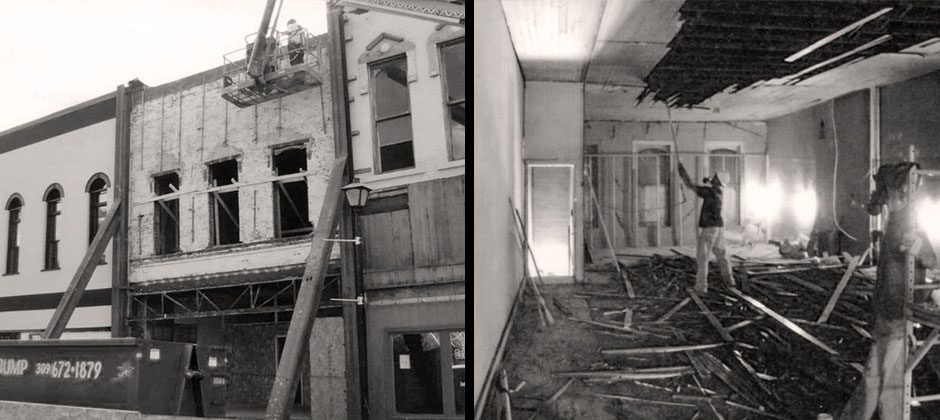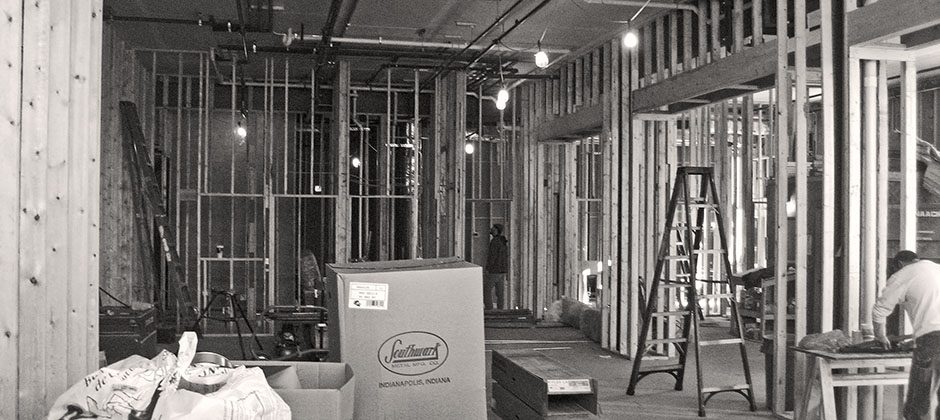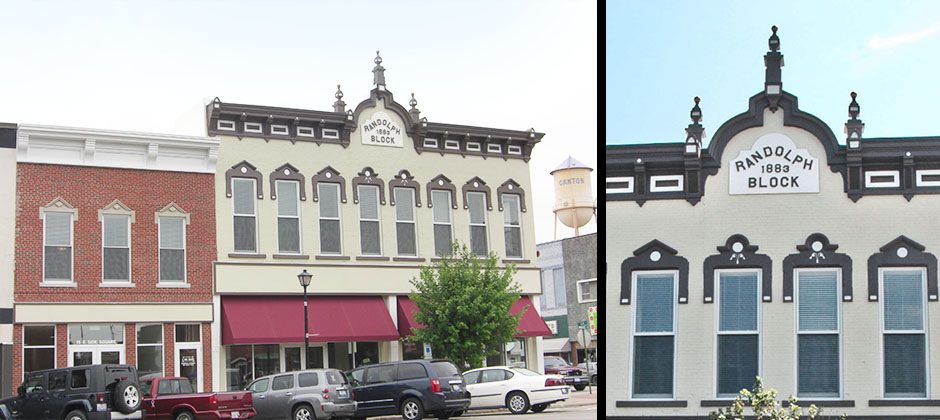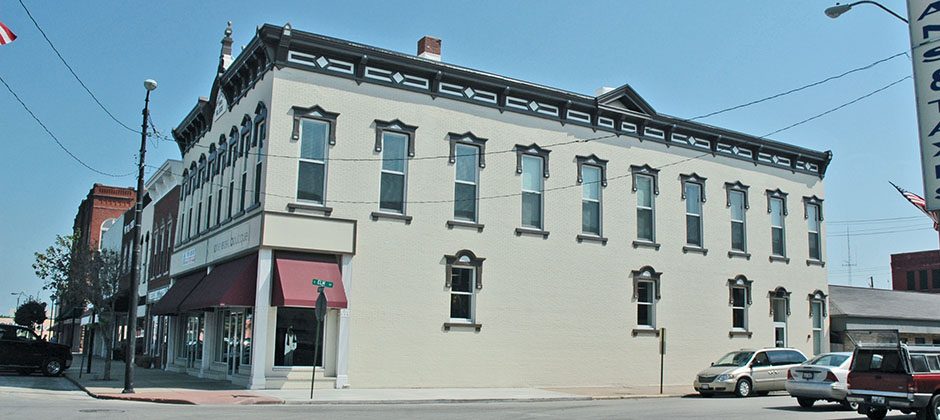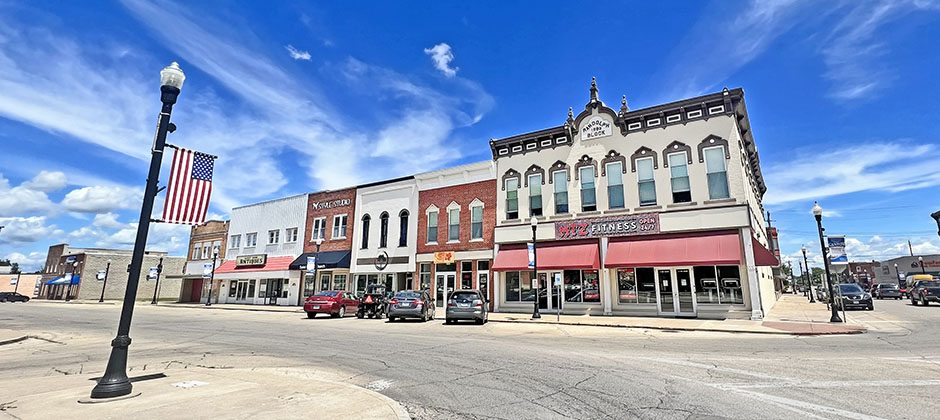In the Canton, Illinois, 1825 – 1975 Sesquicentennial, Charles E. Trolly was quoted…
… “each person who takes that last ride down Main Street leaves behind some accomplishment, however small.”
Canton, a small midwestern American town in Illinois, was heavily influenced in the mid-1800s through the late 1900s by three philanthropic families, the Parlins, Orendorffs, and Ingersolls. William Parlin, a Massachusetts Blacksmith, traveled from New England and landed in Canton in 1840. By 1842, he bought a foundry, later to be named William Parlin and Company, and made the first plow. After marrying Caroline Orendorff, her brother, Ulysses Grant Orendorff, went to work for William handling office duties and sales. Ulysses would later become known as the sales genius behind the company.
By 1860, the company became known as Parlin & Orendorff Company. Twenty years later, the company name was updated to Parlin and Orendorff Plow Works, aka P&O Plow Works, which became the world’s largest plow factory. Capable of equipping any farm anywhere, they became globally known for the Canton Clipper, their star, patented plow with a 38° blade that contributed to its self-cleaning method. The Canton Clipper became a proud town symbol.
Alice Parlin, William’s daughter and heir to the family fortune married Charles E. Ingersoll in 1880. When Charles became bedridden, her father became a surrogate to her three children.
By 1907, the P&O Plow Works factory covered 18 acres and, at its peak, employed 2,550 employees. Most of the townspeople either worked at what was called ‘the shop’ or knew someone nearby who did. Due to William Parlin’s notable accomplishments, he was inducted into the Illinois Farmers Hall of Fame in 1915.
On July 1, 1919, Ulysses sold the 77-year-old family company to the International Harvester for $18.5 million. The newest leading company went on to produce their all-star plow called the Little Giant.
The plowing industry was fully ingrained into the town, its people, and many organizations. So much so that the high school athletic teams were known as the Plowboys and later the Little Giants. Canton boomed with a highly prosperous economy until the 1980s, when the plant began eliminating jobs. A dark veil covered the town on October 31, 1983, when the International Harvester closed its doors for good. From then on, additional larger employers downsized and scaled back operational hours. Soon after, Canton became a ghost town.
On August 6, 1997, an arsonist set the old plant on fire which burned for days. The only item saved from the ash and rubble was Big Toot, a large whistle that used to dictate the lives of Cantonians with seven sounding blows per day. Records indicate that the whistle operated using 9,000 pounds of steam per hour. Once the debris was cleared, the government tagged the 30 acres as a brownfield site, a term used to describe ground formerly occupied by an industrial structure currently vacant but unavailable for immediate reuse because it’s suspected to be contaminated with hazardous materials. Spoon River Partnership for Economic Development (SRPED), a non-profit dedicated to Canton’s development, did its best to attract potential prospects to develop on the grounds. But, one by one, they saw the red flags, leaving the giant wasteland untouchable.
Mark Rothert, Executive Director of SRPED, determined to find a suitable match and help rejuvenate Canton back to its glory days, read an interview published in a 2007 issue of Bloom, a Bloomington, Indiana, magazine, about Bill Cook’s successful efforts in revitalizing Bloomington. During reflection, Mark remembered hearing stories about Bill over the years.
Bill moved with his family to Canton in 1940. His father purchased and operated two-grain elevators from 1940 – 1950. He began 4th grade at Canton Central Grade School, attended Canton Jr. High School, and then graduated from Canton Sr. High School in 1949.
Widely active, Bill participated in basketball, football, and track. He was also the lifeguard at the Canton swimming pool and a YMCA-affiliated camp counselor.
By 1963, Bill and his wife, Gayle, moved to Bloomington to be centrally located between families. The couple worked out of their apartment producing wire guides, needles, and catheters, the beginning of Cook Medical. Bill was the first to present the concept of using angiographic catheters in the body without breaking down the vessels. Later discoveries revealed that surgical instruments could be introduced into the body without a large surgical incision. Widely successful, eventually, the company expanded globally.
When Bill’s life took an unexpected turn due to heart failure, he and Gayle redirected their interests toward preserving historically significant real estate properties and structures. The new venture paved the way in 1973 to form CFC Properties, a real estate development and property management company. From houses to buildings and paintings to other structures, the Cook family and CFC Properties revitalized Bloomington, the once active turned dormant downtown in Indiana.
A light bulb ignited when Mark read about the revitalization efforts in Bloomington. After writing a letter to Bill asking if he’d be open to sharing how he did it, he was invited to visit for a tour. Traveling along with Mark was Kevin Meade, Mayor of Canton. As they toured Bloomington’s downtown, Bill shared his opinions about how to improve Canton. Toward the end of their meeting, Bill said he might be interested in doing something and asked if they had any older buildings that needed repair. Out of the many to choose from, Kevin suggested The Randolph building positioned at the southeast corner of Canton’s downtown square.
John F. Randolph, one of the largest landowners in Fulton County, built Randolph’s Block (aka The Randolph building) in 1883 for $16,000. The building, lit by gas at the time, consisted of a large double room 48 x 90 feet and a basement. The building was leased by Messer’s Day Brothers & Company, the largest dry goods and carpet dealer from Peoria, Illinois.
After the meeting with Bill, Mark and Kevin were convinced that even if nothing else transpired, they still spent 3 hours in the mind of a genius.
Gayle Cook once shared…
“Possibly the key (to Bill’s sudden eagerness to do something in Canton) was Kevin Meade, the Mayor. Because he’s a doer.”
The historic Randolph building was in dire need of saving. The rear portion of the roof was caved in, the stairs to the second floor had been torn down, windows were missing, much more was in shambles, and the basement was flooded with water.
After the building was purchased in 2008, the water from the basement was drained. The restoration crew discovered George Ridgway’s, Cook Group’s Architect, footprints near a large pit 6 feet wide by 8 feet deep. They knew they were George’s footprints because he had been down there early, taking measurements in the dark.
The adjoining building, 3 East Side Square, was attached during the renovation. Tuckpointing of the brick exterior was completed, and a large awning and new windows were added. The building received all new electrical and plumbing, and an elevator was added.
The renovation was completed in 2009. The second level is dedicated to four luxury apartments, the main level serves as retail space for local businesses, and the lower level provides storage space for the building residents. East Boutique, a woman’s clothing and accessory store, was the first retail tenant to occupy the lower level.
Jim Murphy, President of CFC Properties, once shared…
“Bill Cook saw its pluses, its possibilities. It was relatively close to the old YMCA, and it was downtown. Bill liked to invest in downtown communities, knowing downtown was the heart of the community. Renovating that building took over a year. Then, he started talking about downtown.”
Carl Cook, son of Bill and Gayle Cook, recalled when Bill mentioned…
“I’m going to see if I can turn this downtown around the way we did Bloomington.”
By investing and controlling enough real estate, Bill knew it would be feasible. Bill’s excitement led to a compound effect. Following the renovation of The Randolph, additional acquisitions took place, which included the Fulton Square shopping center and Lewis Pharmacy.

